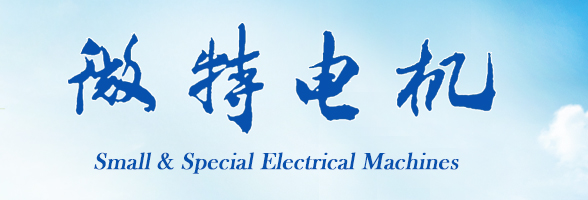

微特电机 ›› 2025, Vol. 53 ›› Issue (8): 78-81.
朱一乔1,2,宗振龙1,2,庞 聪1,2,张 成1,2
ZHU Yiqiao 1,2 , ZONG Zhenlong 1,2 , PANG Cong 1,2 , ZHANG Cheng 1,2#br#
摘要: 针对某个型号的异步牵引电机,建立二维瞬态电磁场模型和利用磁- 固耦合效应的多物理场振动响应模型,实现了电磁-机械耦合系统的动态特性匹配。 通过模态试验和模态置信准则( modal assurance criterion, MAC)相结合的策略修正模型参数,采用 Maxwell 应力张量法与模态叠加法求解电磁振动响应。 基于声学边界元法构建声振耦合模型,仿真与实验对比表明声功率级误差小于 1. 0 dB( A) 。 采用响应面法对电磁力谐波进行多目标优化,通过中心复合实验设计和方差分析筛选关键参数。 最终优化方案与原电机方案对比可知,电机表面振动加速度最高降低 0. 34 m / s2,给出了可有效降低电磁振动的措施,为电磁-机械协同设计提供理论支撑。